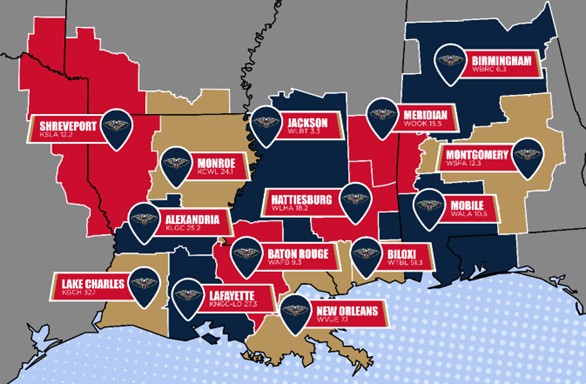DPI Discusses Present and Future of Retrans Fees
Click on the Image to Enlarge
MUNICE, IND.—The 1992 Cable Act, which is celebrating its 25th Anniversary, introduced a new element to the relationship between local commercial television broadcast stations and cable television and satellite TV MVPDs—retransmission fees. The Digital Policy Institute hosted a webinar on Thursday, July 27, looking specifically at retrans fees and where they currently stand.
According to panelist Larry Spiwak, the best way to describe the current state of the retrans regime is “dysfunctional.” Spiwak, the president of the Phoenix Center for Advanced Legal & Economic Public Polic Studies, was joined by Justin Nielson, senior research analyst with Kagan, and Ryan Radia, a research fellow and regulatory counsel, for the “Advice on Consent: Rethinking Retransmission Consent on Its 25th Anniversary” webinar. The trio took a look at why retransmission fees had become an issue and what the outlook might be in the next few years.
Credit: S&P Global Market Intelligence
According to an overview report by Nielseon, retransmission revenues are expected to make up 30 percent of total TV station revenue in 2017, compared to less than 2 percent in 2007. This has led to complicated relationships between broadcasters and programmers, and the debate of what role government agencies, including the FCC, should play in addressing retransmission concerns.
The retransmission fees were instituted in the 1992 Cable Act to help local stations make sure they had the financial resources to keep up with increasing video competition. But if current trends persist, the panelists debated whether new modes of offering programming could come to the forefront, like a la carte packages, by the time Congress has to act before the Satellite Television Extension and Localism Act of 2010 ends in 2019. We may see “an entirely different TV market space in two to three years,” said Nielson.
To view the complete webinar, visit www.digitalpolicyinstitute.org.
The professional video industry's #1 source for news, trends and product and tech information. Sign up below.
